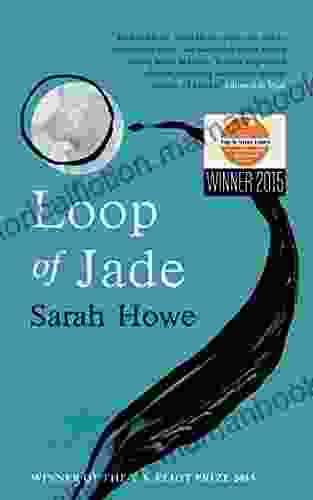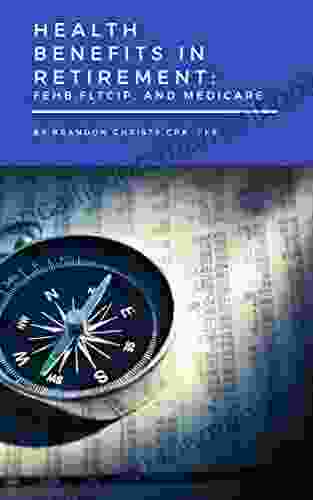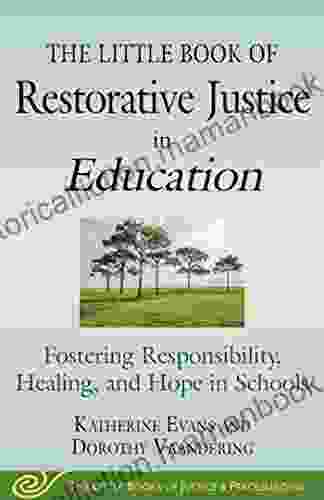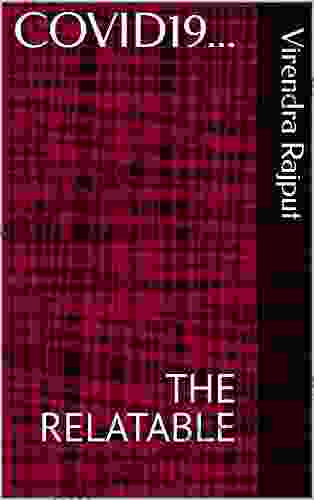The Growing Significance of Restorative Justice in Education

In the realm of education, the concept of restorative justice has gained increasing traction in recent years. This approach seeks to address harmful behavior within educational settings by prioritizing the repair of harm, fostering accountability, and fostering a sense of community. Through restorative practices, students who have engaged in misconduct are given the opportunity to take responsibility for their actions, understand the impact their behavior has had on others, and work towards making amends.
Restorative justice is grounded in several key principles:
- Accountability: Students are held accountable for their actions and the harm they have caused, but this accountability is not solely focused on punishment.
- Repair: The goal of restorative justice is to repair the harm that has been done, both to the victim and to the community. This may involve道歉, making amends, or participating in community service.
- Relationship-building: Restorative practices aim to build relationships between students, staff, and the community. This is done through open communication, empathy, and understanding.
- Community involvement: The community, including parents, teachers, administrators, and peers, plays a vital role in restorative justice. They are involved in supporting students, holding them accountable, and facilitating the repair process.
Research has shown that restorative justice in education can lead to numerous benefits:
4.7 out of 5
| Language | : | English |
| File size | : | 925 KB |
| Text-to-Speech | : | Enabled |
| Screen Reader | : | Supported |
| Enhanced typesetting | : | Enabled |
| Word Wise | : | Enabled |
| Print length | : | 146 pages |
- Reduced suspensions and expulsions: Studies have found that schools that implement restorative practices experience a significant reduction in the number of suspensions and expulsions.
- Improved student behavior: Restorative justice helps students to understand the consequences of their actions and develop problem-solving skills. This leads to improved behavior and reduced incidents of misconduct.
- Increased student engagement: When students feel that they are being treated fairly and that their voices are being heard, they are more likely to engage in their learning. Restorative practices create a more positive and supportive school environment.
- Improved relationships between students and staff: Restorative practices help to build relationships between students and staff. This can lead to a more respectful and cooperative school climate.
- Increased parental involvement: Parents play an important role in restorative justice. They can help to support their children through the process and provide feedback to the school.
Implementing restorative justice in education requires a commitment from the entire school community. Here are some steps schools can take to get started:
- Create a school-wide restorative justice policy: This policy should outline the school's commitment to restorative justice, as well as specific procedures for addressing harmful behavior.
- Train staff on restorative practices: All school staff, including teachers, administrators, and support staff, should be trained on restorative practices. This training should help them to understand the principles of restorative justice and how to implement them in the classroom.
- Establish a restorative justice team: This team should be responsible for facilitating restorative conferences and providing ongoing support to students and staff.
- Involve parents and the community: Parents and the community play a vital role in restorative justice. Schools should involve them in the development and implementation of restorative practices.
Restorative justice is being implemented in a variety of educational settings. Here are a few examples:
- Circle conferences: Circle conferences are a type of restorative justice conference that involves the victim, the offender, and their supporters. The conference is facilitated by a trained mediator and provides a safe space for participants to share their perspectives and work towards a resolution.
- Peer mediation: Peer mediation is a process in which students are trained to mediate conflicts between their peers. This process helps students to develop problem-solving skills and empathy.
- Restorative circles: Restorative circles are regular meetings that provide a space for students to discuss issues that are affecting them. These circles can help to build relationships, foster empathy, and prevent conflicts.
Restorative justice is a powerful approach that can help to create a more positive and just school environment. By embracing restorative principles, schools can reduce harmful behavior, improve student engagement, and build stronger relationships between students, staff, and the community. As the need for restorative practices in education continues to grow, schools must prioritize this approach to ensure a safe, supportive, and equitable learning environment for all students.
4.7 out of 5
| Language | : | English |
| File size | : | 925 KB |
| Text-to-Speech | : | Enabled |
| Screen Reader | : | Supported |
| Enhanced typesetting | : | Enabled |
| Word Wise | : | Enabled |
| Print length | : | 146 pages |
Do you want to contribute by writing guest posts on this blog?
Please contact us and send us a resume of previous articles that you have written.
 Top Book
Top Book Novel
Novel Fiction
Fiction Nonfiction
Nonfiction Literature
Literature Paperback
Paperback Hardcover
Hardcover E-book
E-book Audiobook
Audiobook Bestseller
Bestseller Classic
Classic Mystery
Mystery Thriller
Thriller Romance
Romance Fantasy
Fantasy Science Fiction
Science Fiction Biography
Biography Memoir
Memoir Autobiography
Autobiography Poetry
Poetry Drama
Drama Historical Fiction
Historical Fiction Self-help
Self-help Young Adult
Young Adult Childrens Books
Childrens Books Graphic Novel
Graphic Novel Anthology
Anthology Series
Series Encyclopedia
Encyclopedia Reference
Reference Guidebook
Guidebook Textbook
Textbook Workbook
Workbook Journal
Journal Diary
Diary Manuscript
Manuscript Folio
Folio Pulp Fiction
Pulp Fiction Short Stories
Short Stories Fairy Tales
Fairy Tales Fables
Fables Mythology
Mythology Philosophy
Philosophy Religion
Religion Spirituality
Spirituality Essays
Essays Critique
Critique Commentary
Commentary Glossary
Glossary Bibliography
Bibliography Index
Index Table of Contents
Table of Contents Preface
Preface Introduction
Introduction Foreword
Foreword Afterword
Afterword Appendices
Appendices Annotations
Annotations Footnotes
Footnotes Epilogue
Epilogue Prologue
Prologue Steve Stern
Steve Stern Charles H Ferguson
Charles H Ferguson Suzanna Lynn
Suzanna Lynn Susan Vreeland
Susan Vreeland J L Beck
J L Beck The Moth
The Moth Jim1537
Jim1537 Leibel Sternbach
Leibel Sternbach Kay Baxter
Kay Baxter Joseph Harris
Joseph Harris Tera Lynn Childs
Tera Lynn Childs John Philip Hunter
John Philip Hunter Patricia Romanowski Bashe
Patricia Romanowski Bashe Isaac Asimov
Isaac Asimov Stuart S Yeh
Stuart S Yeh Amelia Martens
Amelia Martens Haley Windrow
Haley Windrow Jay Dicharry
Jay Dicharry Michael Marks
Michael Marks Tim Seeley
Tim Seeley
Light bulbAdvertise smarter! Our strategic ad space ensures maximum exposure. Reserve your spot today!

 Jaime MitchellThe Clinical Nurse Specialist Handbook: A Comprehensive Guide to Advanced...
Jaime MitchellThe Clinical Nurse Specialist Handbook: A Comprehensive Guide to Advanced...
 Avery SimmonsThe Routledge Anthology of Renaissance Drama: A Comprehensive Guide to the...
Avery SimmonsThe Routledge Anthology of Renaissance Drama: A Comprehensive Guide to the... Alexander BlairFollow ·4.4k
Alexander BlairFollow ·4.4k Gage HayesFollow ·13.5k
Gage HayesFollow ·13.5k Ian PowellFollow ·6.6k
Ian PowellFollow ·6.6k Fletcher MitchellFollow ·4.5k
Fletcher MitchellFollow ·4.5k Cormac McCarthyFollow ·16.4k
Cormac McCarthyFollow ·16.4k Bruce SnyderFollow ·18.8k
Bruce SnyderFollow ·18.8k Griffin MitchellFollow ·11.3k
Griffin MitchellFollow ·11.3k H.G. WellsFollow ·16.6k
H.G. WellsFollow ·16.6k

 Allen Ginsberg
Allen GinsbergUnlocking Financial Peace with Low Risk Investing: A...
In the world of investing, it is often said...

 Eddie Powell
Eddie PowellLoop of Jade: An Exploration of Grief, Memory, and the...
Sarah Howe's...

 Zachary Cox
Zachary CoxHealth Benefits in Retirement: Navigating the Maze of...
Retirement...
4.7 out of 5
| Language | : | English |
| File size | : | 925 KB |
| Text-to-Speech | : | Enabled |
| Screen Reader | : | Supported |
| Enhanced typesetting | : | Enabled |
| Word Wise | : | Enabled |
| Print length | : | 146 pages |














